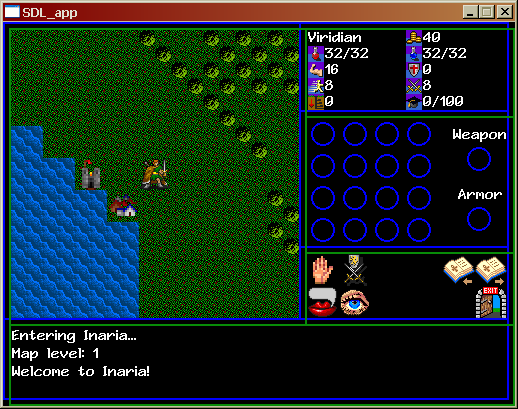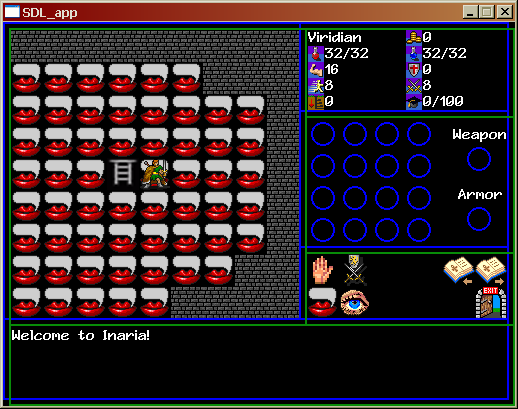Here are the rules for my Space RPG Project (I am going with the title Star Revolution, based on Sol’s suggestion):
1. I am free to use any code I’ve already written in this project. This includes my framework and any other code from Inaria or my previous projects.
2. The game must be completed by April 30th, since I intend to do three of these projects this year.
3. This game will have sound and will feature procedurally-created planets, since I need to learn how to do that. I’ll be using FMOD for sound, it’s teh awesome and I’ve used it before.
4. This game will not use the SDL. Instead, I will be using OpenGL. This is both to learn the API better and because…
5. This game will feature 3D entities in the game world – the planets and ships will be 3D. But because 3D content creation takes so long and because I can’t simply grab pictures of aliens off the web…
6. Only programming and design will count against my forty hours – creating 3D entities and other artwork will not. Otherwise, there’d be no way for me to get the project done in the required time.
Yes, I could probably use 2D-only graphics and grab alien art out of Starflight, but I was going over the technical requirements of the game and honestly…it’s not that different from Inaria. The procedurally-generated planets were the only real difference; otherwise this game is just “Inaria in Space”. I wouldn’t learn enough from making Space Inaria, so I added the new requirements. I don’t think I’m cheating that much; if this were a “real” project, all of that art would simply be handed to me by an artist instead.
So that’s the nature of the current game. Wish me luck!


